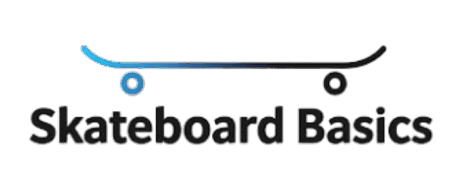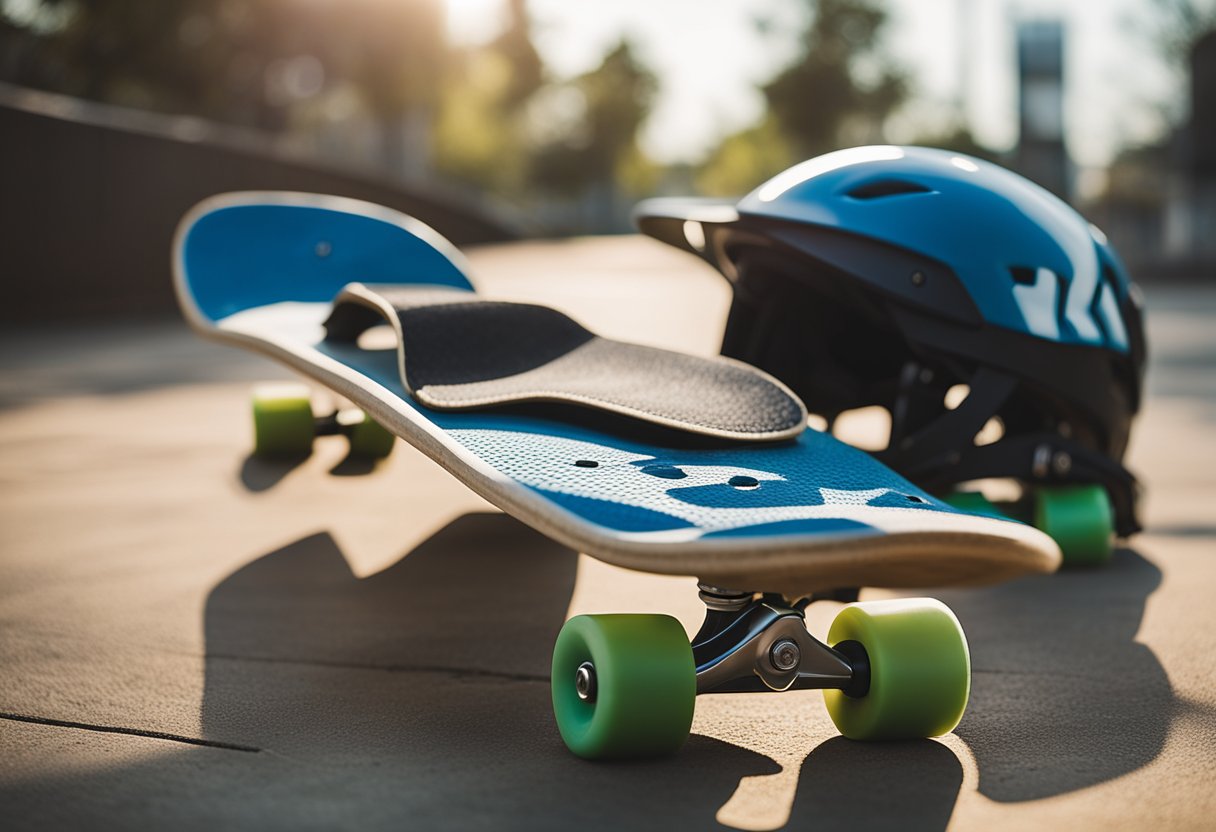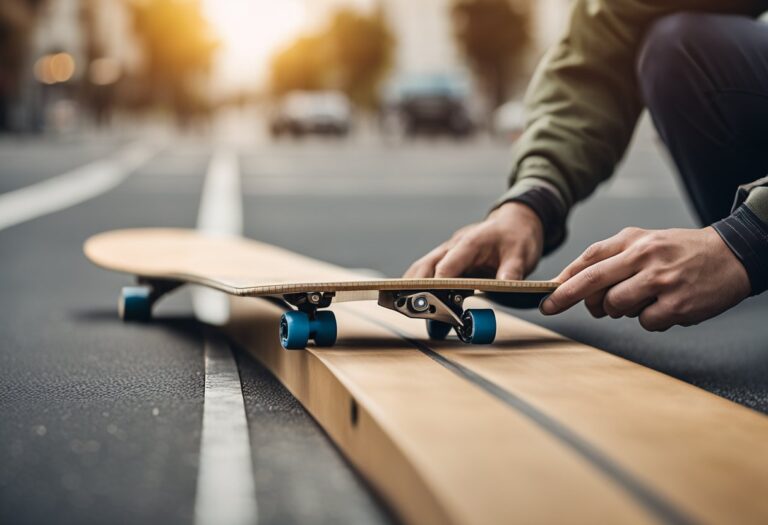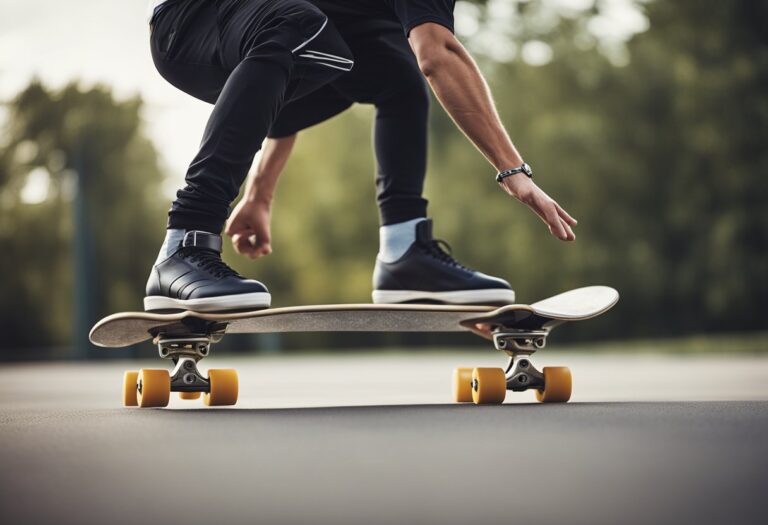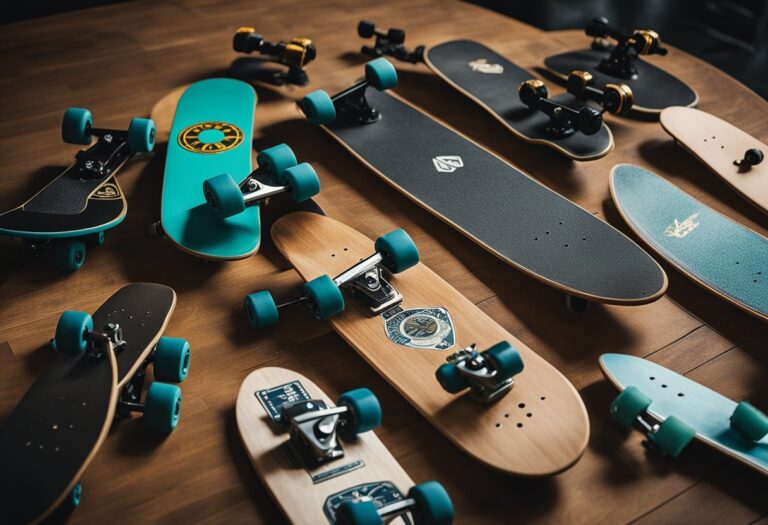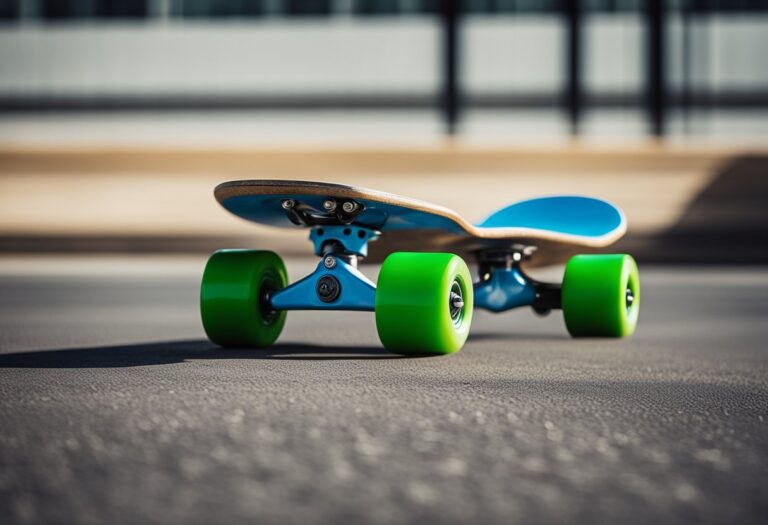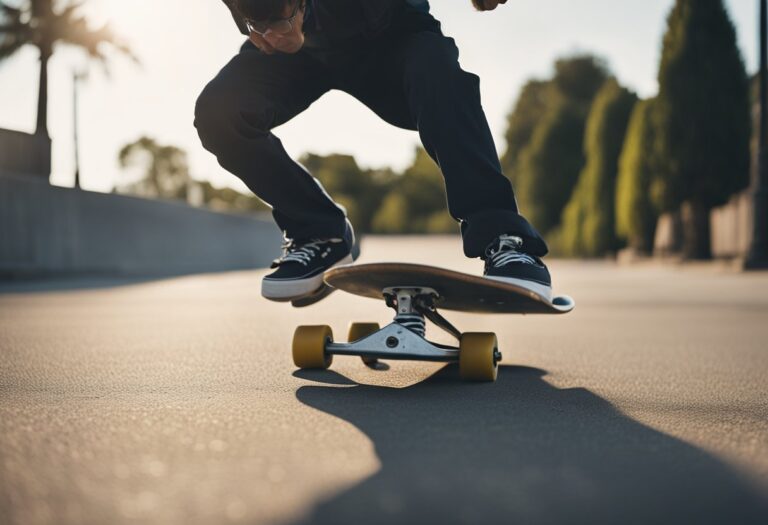Is Learning Skateboarding Difficult for Beginners?
Skateboarding is a sport that has gained immense popularity over the years. It is a fun and exciting activity that can be enjoyed by people of all ages. However, for beginners, learning how to skateboard can be a daunting task. The question that arises is, “Is learning skateboarding difficult for beginners?”

The answer to this question is not a straightforward one. While some may find it easy to pick up the basics of skateboarding, others may struggle with it. Skateboarding requires a lot of practice and patience, and it can take some time to get the hang of it. However, with the right guidance and resources, anyone can learn how to skateboard.
Understanding the Basics of Skateboarding is crucial for beginners. This includes learning about the different types of skateboards, the parts of a skateboard, and the different styles of skateboarding. Additionally, knowing the proper stance and balance is essential to avoid injuries and progress in the sport. With the right approach, learning skateboarding can be a fun and rewarding experience.
Key Takeaways
- Learning skateboarding can be challenging for beginners, but with the right guidance and resources, anyone can learn.
- Understanding the basics of skateboarding is crucial, including the different types of skateboards, parts of a skateboard, and proper stance and balance.
- Practice and patience are essential to progress in skateboarding, and safety and etiquette should always be a top priority.
Understanding the Basics of Skateboarding

Skateboarding may seem daunting for beginners, but with the right approach, anyone can learn to skate. The key is to understand the basics of skateboarding before attempting any tricks or maneuvers. This section will cover the essential components of skateboarding and provide tips for mastering them.
The Skateboard
The skateboard is the primary tool for skateboarding. It consists of a deck, trucks, wheels, and bearings. The deck is usually made of wood and comes in various sizes and shapes. The trucks are mounted on the underside of the deck and allow the board to turn. The wheels are attached to the trucks and provide the board’s movement, while the bearings allow the wheels to spin.
Stance
Before learning any tricks, beginners must determine their stance. There are two stances in skateboarding: regular and goofy. Regular stance means placing the left foot on the front of the board, while goofy stance means placing the right foot on the front of the board. Beginners should try both stances to see which one feels more comfortable.
Pushing
Pushing is the act of propelling the skateboard forward. Beginners should start by placing their back foot on the tail of the board and pushing off the ground with their front foot. Once the board is moving, the back foot should be placed on the board’s deck.
Turning
Turning is essential for navigating around obstacles and performing tricks. Beginners should start by leaning their weight in the direction they want to turn and shifting their weight onto the balls of their feet. Turning is accomplished by using the trucks to pivot the board in the desired direction.
By understanding the basics of skateboarding, beginners can develop a solid foundation for learning more advanced maneuvers. With practice and patience, anyone can become a skilled skateboarder.
Equipment and Gear for Beginners

Choosing the Right Skateboard
Choosing the right skateboard is crucial for beginners as it can make a significant difference in their learning experience. Skateboards come in different sizes, shapes, and materials, and it’s essential to find the one that suits your needs.
For beginners, it’s recommended to choose a skateboard with a wider deck as it provides more stability and balance. A wider deck also allows for more foot space, making it easier to get comfortable on the board. Additionally, a skateboard with softer wheels is ideal for beginners as it provides better grip and control.
Protective Gear Essentials
Skateboarding can be a risky activity, especially for beginners who are still learning the basics. It’s essential to wear protective gear to prevent injuries.
The most crucial protective gear for beginners includes a helmet, knee pads, and elbow pads. A helmet is the most important protective gear as it protects the head from serious injuries. Knee pads and elbow pads protect the joints from scratches, cuts, and bruises.
It’s also recommended to wear wrist guards to protect the wrists from injuries. Wrist injuries are common in skateboarding, especially when beginners fall.
In conclusion, choosing the right skateboard and wearing the proper protective gear is essential for beginners. It not only provides safety but also makes the learning experience more comfortable and enjoyable.
Learning the Fundamentals

Skateboarding can seem daunting for beginners, but with the right techniques and practice, anyone can learn to ride. This section will cover the fundamentals of skateboarding, including stance and balance, pushing and stopping, and turning techniques.
Stance and Balance
Before learning any tricks, it’s important to get comfortable with the basic stance and balance on a skateboard. Beginners should start by standing with their feet shoulder-width apart, with one foot on the board and the other foot on the ground for balance. The front foot should be angled towards the nose of the board, while the back foot should be perpendicular to the board.
Maintaining balance on a skateboard requires constant adjustments of weight and body position. Beginners should practice shifting their weight from their front foot to their back foot and vice versa, while keeping their knees bent and their core engaged.
Pushing and Stopping
Once comfortable with stance and balance, beginners can practice pushing and stopping. To push, the back foot is used to propel the board forward while the front foot remains on the board. To stop, beginners can use their back foot to drag on the ground or use the tail of the board to come to a stop.
It’s important to practice pushing and stopping on flat ground before attempting to ride down hills or on ramps. Beginners should also practice stopping quickly and smoothly to avoid collisions or accidents.
Turning Techniques
Turning is a crucial skill for navigating obstacles and transitioning between tricks. Beginners can start by practicing basic turns, such as the kickturn and the carve turn. To perform a kickturn, the rider shifts their weight to the back foot and uses their front foot to lift the front wheels off the ground, allowing the board to pivot in the direction of the turn. To perform a carve turn, the rider leans into the turn and uses their weight to guide the board in a smooth curve.
As with any skill, mastering the fundamentals takes time and practice. By focusing on stance and balance, pushing and stopping, and turning techniques, beginners can build a strong foundation for more advanced skateboarding tricks and maneuvers.
Overcoming Common Challenges

Fear of Falling
For beginners, one of the most significant challenges in learning skateboarding is the fear of falling. Falling is an inevitable part of skateboarding, and it can be scary for those who are new to the sport. However, it is essential to understand that falling is a natural part of the learning process. To overcome this fear, beginners can start by practicing on grass or carpeted surfaces, which can provide a softer landing. They can also wear protective gear such as helmets, knee pads, and elbow pads to minimize the risk of injury. With practice and patience, beginners can gradually build their confidence and overcome their fear of falling.
Mastering Coordination
Another challenge that beginners face when learning skateboarding is mastering coordination. Skateboarding requires a combination of balance, timing, and coordination, which can be difficult for beginners to achieve. To overcome this challenge, beginners can start by practicing basic movements such as pushing off, turning, and stopping. They can also practice on flat surfaces before moving on to more challenging terrain. With consistent practice, beginners can improve their coordination and become more comfortable on their skateboard.
Building Skateboarding Confidence
Finally, building confidence is crucial for beginners who want to learn skateboarding. Confidence is essential for trying new tricks and techniques, and it can help beginners overcome their fears and challenges. To build confidence, beginners can start by setting achievable goals and gradually working towards more challenging ones. They can also practice with friends or in a supportive environment, which can provide encouragement and feedback. With time and practice, beginners can build their confidence and become skilled skateboarders.
Practice and Progression

Learning to skateboard can be a challenging but rewarding experience for beginners. With consistent practice and dedication, anyone can progress and develop their skills. Here are some tips to help beginners improve their skateboarding abilities.
Developing Consistent Practice Habits
One of the most important factors in improving skateboarding skills is consistent practice. Beginners should aim to practice regularly, ideally several times a week, to build muscle memory and develop their balance and coordination. It’s important to set achievable goals and work towards them gradually, rather than trying to master everything at once.
To develop consistent practice habits, beginners can create a schedule or routine that fits their lifestyle and goals. They can also find a skateboarding community or group to practice with, which can provide motivation and support.
Tracking Improvement
Tracking progress is essential for beginners to stay motivated and see their improvement over time. Beginners can use various methods to track their progress, such as recording videos of their skateboarding sessions, keeping a journal, or using a mobile app.
Recording videos of skateboarding sessions can help beginners identify areas for improvement and track their progress over time. Keeping a journal can also be helpful, as it allows beginners to reflect on their experiences and set goals for future sessions. Mobile apps can help beginners track their progress and set goals, as well as connect with other skateboarders and find new spots to skate.
Learning Tricks and Advanced Skills
Once beginners have developed a solid foundation of basic skateboarding skills, they can start learning tricks and advanced skills. Learning tricks can be challenging, but breaking them down into smaller steps and practicing each step individually can make the process more manageable.
Beginners can also find tutorials and tips online or from more experienced skateboarders to help them learn new tricks. It’s important to remember that learning tricks takes time and practice, and beginners should not get discouraged if they don’t master a trick right away.
In conclusion, consistent practice, tracking progress, and learning new skills are essential for beginners to improve their skateboarding abilities. With dedication and patience, anyone can progress and develop their skills on a skateboard.
Finding Skateboarding Resources

Skateboarding is a sport that requires practice and patience. For beginners, it can be difficult to know where to start. Luckily, there are many resources available to help beginners learn the basics of skateboarding.
Online Tutorials and Guides
Online tutorials and guides are a great resource for beginners looking to learn skateboarding. There are many websites and YouTube channels that offer step-by-step tutorials on how to skateboard. These tutorials cover everything from how to stand on a skateboard to how to do tricks.
Some popular websites for skateboarding tutorials include Braille Skateboarding and Skateboarding Made Simple. These websites offer comprehensive tutorials and guides that are easy to follow. YouTube channels such as VLSkate and Skateboarding Made Simple also offer great tutorials for beginners.
Skate Parks and Community
Skate parks are another great resource for beginners. Skate parks offer a safe and controlled environment for beginners to practice their skills. Most skate parks have a variety of obstacles and ramps that are suitable for beginners.
In addition to skate parks, the skateboarding community can also be a great resource for beginners. Joining a local skateboarding group or club can provide beginners with access to experienced skateboarders who can offer advice and tips on how to improve their skills.
Skateboarding Workshops and Lessons
Skateboarding workshops and lessons are another great resource for beginners. Many skateboarding shops and organizations offer workshops and lessons that are designed to teach beginners the basics of skateboarding. These workshops and lessons are usually led by experienced skateboarders who can provide hands-on instruction and feedback.
Overall, there are many resources available to help beginners learn skateboarding. By taking advantage of these resources, beginners can quickly improve their skills and become confident skateboarders.
Safety and Etiquette

Understanding Skatepark Rules
Skateparks have specific rules that must be followed to ensure the safety of everyone. Beginners should familiarize themselves with the rules before attempting any tricks. Some common rules include wearing proper safety gear such as a helmet, elbow and knee pads, and wrist guards. Additionally, skaters should always yield to other skaters who are already on the ramp or obstacle.
It is also important to be aware of the different areas of the skatepark. Some areas may be designated for certain types of skating, such as a bowl or a street section. Beginners should stick to areas that are appropriate for their skill level and avoid attempting tricks that are too advanced for them.
Respecting Other Skaters
Skateparks can be crowded, and it is important to respect other skaters and their space. One way to do this is by waiting your turn to use an obstacle or ramp. Cutting in line or not taking turns can lead to accidents and injuries.
Beginners should also be mindful of other skaters’ skill levels. If someone is attempting a difficult trick, it is best to give them space and not interfere with their attempts. Skaters should also avoid sitting or standing in areas where they may be in the way of others.
Overall, following safety rules and respecting other skaters can help create a positive and safe environment for everyone at the skatepark.
Frequently Asked Questions

What are the initial challenges a beginner may face when learning to skateboard?
Learning to skateboard can be challenging, especially for beginners. Some of the initial challenges a beginner may face include maintaining balance, coordinating movements, and getting used to the feel of the board. Falling is also a common occurrence when learning to skateboard, so it’s important to wear protective gear and practice in a safe environment.
How does the difficulty of learning to skateboard compare to learning roller skating or ice skating?
Learning to skateboard, roller skate, or ice skate all require balance and coordination. However, the difficulty level can vary depending on the individual and their previous experience with similar activities. Some people may find roller skating or ice skating easier, while others may find skateboarding more natural.
What are the best strategies for adults who are starting to learn skateboarding?
Adults who are starting to learn skateboarding should take their time and practice regularly. It’s important to start with the basics, such as standing on the board and pushing off. Finding a supportive community or taking lessons from a qualified instructor can also be helpful.
How much time does it typically take for a beginner to become proficient in skateboarding?
Becoming proficient in skateboarding can take time and practice. It’s important to focus on the basics and build skills gradually. Some beginners may become proficient in a few months, while others may take longer. Consistent practice and dedication are key.
What are the essential skills a beginner should focus on when starting skateboarding?
When starting skateboarding, beginners should focus on developing their balance, coordination, and control. Learning to push off, turn, and stop are also important skills to master. As skills develop, beginners can start working on more advanced techniques such as ollies and kickflips.
Is it possible to learn skateboarding without experiencing any falls?
Falling is a natural part of learning to skateboard, and it’s important to wear protective gear and practice in a safe environment. While it’s possible to minimize falls by taking precautions and practicing in a controlled setting, it’s unlikely to learn skateboarding without experiencing any falls.
